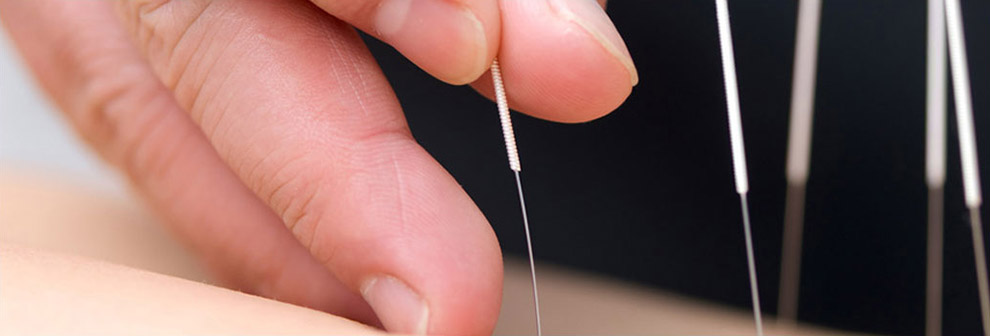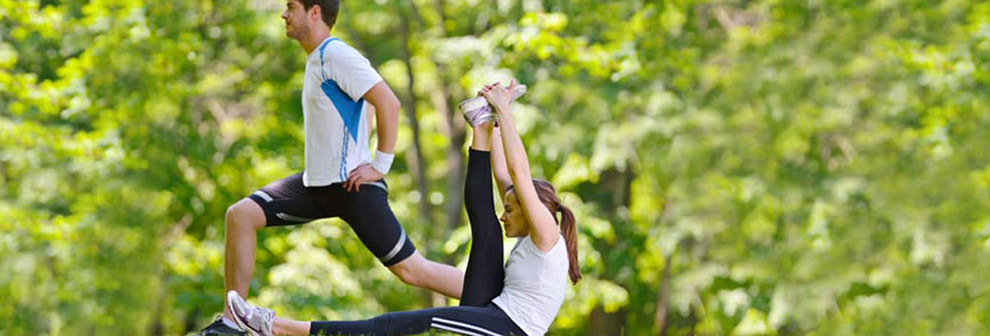Physical therapy in Elko for Knee Issues
Focus On and Review of the Knee Medial Collateral Ligament
Every health care provider must review, study, and keep up with problems presented by patients in their practice. Orthopedic surgeons are no different in this regard. In fact, today's advanced technology has expanded our understanding and knowledge of all aspects of orthopedic conditions.
In this review, the medial collateral ligament (MCL) of the knee is spotlighted. Anatomy, biomechanics, injuries, examination, and diagnostic classification are featured. Treatment (both surgical and nonsurgical) is discussed with an explanation of the basic science behind treatment decisions.
Some patients present with an isolated medial collateral ligament (MCL) injury. But most MCL injuries are part of a more complex (combined) injury that includes other soft tissues. It's those combination injuries that are more likely to leave the patient with an unstable joint that requires surgery.
Let's back track a little and see what the authors had to say about the anatomy and biomechanics of the medial collateral ligament. The name medial tells us the ligament is on the side of the knee closest to the other knee.
This ligament has both parallel and diagonal fibers that run between the tibia (lower leg bone) and the femur (upper leg bone). The dual directional fibers are necessary to provide stability and restraint to the knee joint.
The anatomy is fairly complex as the fibers are interwoven in superficial and deep layers with the fascia (connective tissue). In the same way, the MCL interconnects with other nearby soft tissue structures along the medial side of the knee. In addition, the hamstring muscle, which wraps around the knee from the back of the thigh adds dynamic support to the medical collateral ligament (MCL).
It's this ligament (with all its supportive structures) that keeps the knee from rotating too much or sliding forward and back. The MCL aids and assists other ligaments inside the joint (e.g., the anterior cruciate ligament or ACL) with this function. This is especially important when force, load, or pressure is applied along the lateral (outside) of the knee toward the medial side.
Understanding the anatomy helps us see how a direct blow to the lateral side of the thigh or leg can disrupt the medial collateral ligament (MCL). Football and rugby players are at risk for this type of injury.
A second mechanism of injury occurs in skiers, basketball players, and soccer players. They plant the foot on the ground and rotate the leg above the foot when pivoting, cutting, or changing directions quickly. The force of that movement pattern can overpower the strength of this ligament. A strong enough force takes out the medial collateral ligament (MCL) along with the meniscus, the anterior cruciate ligament, and other bits and pieces of the soft tissues.
Such complex injuries often lead to knee joint instability and do not respond to conservative (nonoperative) care. Ultrasound and MRI help the surgeon see the location, size, and extent of the injury when classifying the injury as a grade I (strained but intact ligament), II (partially torn ligament), or III (complete) tear.
A key feature of the medial collateral ligament (MCL) that directs treatment is the fact that it is one of the few ligaments that can heal itself. It is located outside of the joint so with the right kind of management, grade I, most grade II, and some grade III injuries can be remodeled and restored enough to support load placed on the knee.
No matter how serious the injury, early treatment consists of immobilization in a splint or brace for a short time (24 hours up to three days). Ice, elevation, compression, antiinflammatory medications, and low intensity ultrasound make up the bulk of conservative care. Exercise to restore motion and strength are prescribed by the physical therapist.
Surgery is saved for those patients who continue to have pain and instability after conservative rehabilitation. When the ligament is torn so badly it cannot reattach to the bone, instability and risk of reinjury make surgery a necessity.
Depending on how many and how much of the other soft tissues are involved, surgery may be a simple direct repair of the torn ligament versus complex reconstruction. The authors guide surgeons through the decision-making process and multiple variables considered when planning the optimal surgical approach. It may be necessary to use graft tissue in order to recreate normal knee function.
One of the other updates on medial collateral injuries presented in this review article has to do with the concepts of prehab (rehab before surgery) as well as post-operative rehab. During prehab, the physical therapist works with patients to restore knee motion as the soft tissues heal. Surgery is scheduled for six to eight weeks after this program is completed.
Recent changes have done away with the old approach of casting the leg for four to eight weeks after surgery. Now the healing ligament is protected with a hinge-brace that allows movement but keeps weight off the joint. This type of brace also protects the recovering ligament from the pulling force of hamstring contractions.
That pretty much covers the basic science of medical collateral ligament (MCL) anatomy, mechanism of injury, and decisions about treatment. In the next update, a different portion of the knee joint (posteromedial corner and MCL plus posterior cruciate ligament injuries) will be highlighted.
Reference: Milford H. Marchant, Jr., et al. Management of Medial-Sided Knee Injuries, Part 1. Medial Collateral Ligament. In The American Journal of Sports Medicine. May 2011. Vol. 39. No. 5. Pp. 1102-1113.
Pinion Rehabilitation provides services for physical therapy in Elko.







